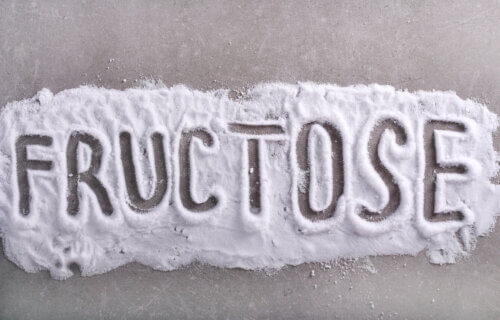AURORA, Colo. — For years, nutrition experts have grappled with the complex puzzle of obesity, with debates centered around the primary culprit: excessive calorie intake, specific foods like carbohydrates or fats, or perhaps the role of sugar. Researchers from the University of Colorado Anschutz Medical Campus have proposed a unifying theory that brings these seemingly conflicting ideas together under one common driver: fructose.
According to Dr. Richard Johnson, a researcher at the University of Colorado Anschutz Medical Campus, and his colleagues, fructose, found in table sugar and high fructose corn syrup, is at the heart of the obesity problem. Fructose can also be produced in the body from carbohydrates, particularly glucose. When the body metabolizes fructose, it reduces active energy, known as ATP (adenosine triphosphate), which subsequently triggers hunger and increased food intake.
This concept, which researchers call the “fructose survival hypothesis,” integrates various dietary theories related to obesity, including two that have been at odds with each other: the energy balance theory, which posits that excessive food intake, particularly fats, drives obesity, and the carbohydrate-insulin model, which emphasizes carbohydrates’ role in weight gain.

These theories, which previously seemed incompatible, can be viewed as pieces of a larger puzzle united by one crucial component: fructose.
“Essentially, these theories, which put a litany of metabolic and dietary drivers at the center of the obesity epidemic, are all pieces of a puzzle unified by one last piece: fructose,” says Dr. Johnson in a university release. “Fructose is what triggers our metabolism to go into low power mode and lose our control of appetite, but fatty foods become the major source of calories that drive weight gain.”
To illustrate this unifying theory, researchers point to hibernating animals. When humans are hungry and running low on active energy, our bodies enter survival mode, much like animals preparing for winter by foraging for food. Fruits, known for being high in fructose, can significantly diminish active energy. Meanwhile, fat serves as stored energy. However, consuming high-fructose foods hinders the replenishment of active energy from fat storage, leaving active energy at a low level, akin to a bear getting ready for a lengthy winter hibernation.
“This theory views obesity as a low-energy state,” notes Dr. Johnson. “Identifying fructose as the conduit that redirects active energy replacement to fat storage shows that fructose is what drives energy imbalance, which unites theories.”
The study is published in the journal Obesity.
You might also be interested in:
- Hibernating bears may hold the secret to preventing blood clots in humans
- Obesity is killing America: Heart disease deaths related to weight have tripled since 1999
- Cut back on the soda! High fructose corn syrup linked to fatty liver disease

